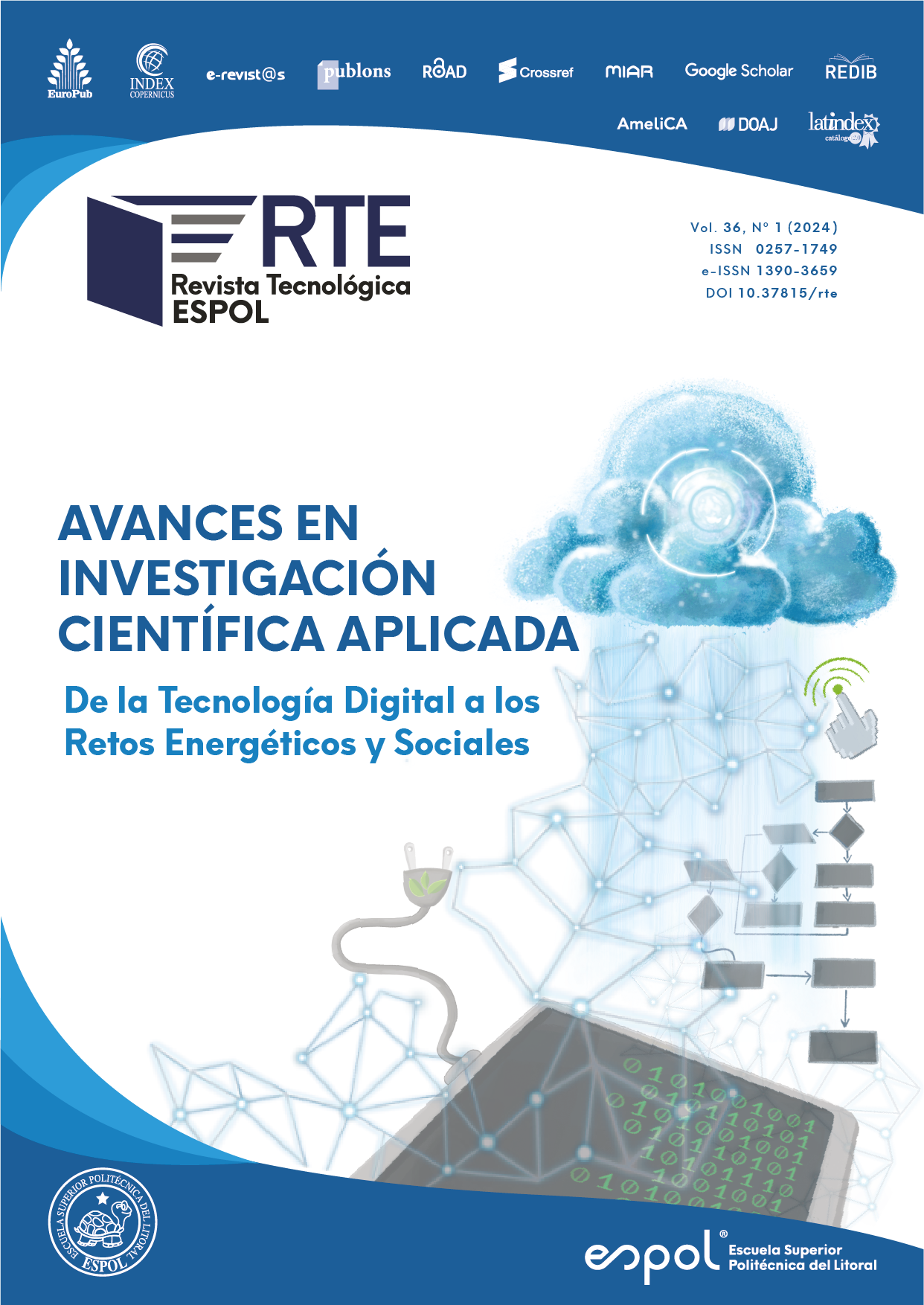Implementing Energy Storage Systems (ESS) is increasingly significant in power electrical systems. This is attributed to their ability to store surplus electricity generated by renewable energy sources such as wind and solar, contributing to the balance between generation and demand. Literature studies indicate that this practice enhances network stability and diminishes the need for expensive redesigns in infrastructure. This paper presents an exhaustive experimentation-based study of the dynamic response provided by three energy storage system technologies: supercapacitors, Lithium-Ion batteries, and Vanadium redox flow batteries, technologies with significant academic, research, and industrial interests nowadays. The objective of this research is the experimental evaluation of the performance of such technologies in real electrical system operations, focusing on determining the efficiency of charge and discharge, as well as the tracking of active and reactive power achieved through the associated grid interface. The experimental tests performed in a microgrid laboratory show these technologies’ advantages and limitations in different grid-integration applications, with the Lithium-Ion battery-based ESS demonstrating the highest efficiency and faster power response. The results achieved and reported in the article can serve as an essential input for researchers and technology developers to feed their models with more precise parameters and data that might provide results closer to the actual behaviour of the studied prototypes. The methodological framework used in this research is descriptive, experimental, and quantitative.

This work is licensed under a Creative Commons Attribution-NonCommercial 4.0 International License.
References
Aneke, M., & Wang, M. (2016). Energy storage technologies and real life applications – A state of the art review. Applied Energy, 179, 350–377. https://doi.org/10.1016/j.apenergy.2016.06.097
Arribas, B. N., Melício, R., Teixeira, J. C., & Mendes, V. M. F. (2016). Vanadium Redox Flow Battery Storage System Linked to the Electric Grid. Renewable Energy and Power Quality Journal, 1025–1036. https://doi.org/10.24084/repqj14.561
Beltran, H., Ayuso, P., & Pérez, E. (2020). Lifetime Expectancy of Li-Ion Batteries used for Residential Solar Storage. Energies, 13(3), 568. https://doi.org/10.3390/en13030568
Benavides, D., Arévalo, P., Aguado, J. A., & Jurado, F. (2023). Experimental validation of a novel power smoothing method for on-grid photovoltaic systems using supercapacitors. International Journal of Electrical Power & Energy Systems, 149, 109050. https://doi.org/10.1016/j.ijepes.2023.109050
Benoy, S. M., Pandey, M., Bhattacharjya, D., & Saikia, B. K. (2022). Recent trends in supercapacitor-battery hybrid energy storage devices based on carbon materials. Journal of Energy Storage, 52, 104938. https://doi.org/10.1016/j.est.2022.104938
Campoverde-Pillco, J., Ochoa-Correa, D., Villa-Ávila, E., & Astudillo-Salinas, P. (2024). Reutilización de baterías de vehículos eléctricos para aplicaciones de segunda vida en sistemas eléctricos de potencia con una alta penetración de energía renovable: una revisión sistemática de la literatura. Ingenius, 31, 95–105. https://doi.org/10.17163/ings.n31.2024.08
Castro-Gutiérrez, J., Celzard, A., & Fierro, V. (2020). Energy Storage in Supercapacitors: Focus on Tannin-Derived Carbon Electrodes. Frontiers in Materials, 7, 217. https://doi.org/10.3389/fmats.2020.00217
Dikmen, İ. C., & Karadağ, T. (2022). Electrical Method for Battery Chemical Composition Determination. IEEE Access, 10, 6496–6504. https://doi.org/doi: 10.1109/ACCESS.2022.3143040
Do Nascimento Ricardo, J., & Fthenakis, V. (2017, November 4). A Framework for Comparing the Economic Performance and Associated Emissions of Grid-connected Battery Storage Systems in Existing Building Stock: a NYISO Case Study. 2017 IEEE 44th Photovoltaic Specialist Conference (PVSC). https://doi.org/DOI: 10.1109/PVSC.2017.8366258
Espinoza, J. L., González, L. G., & Sempértegui, R. (2017). Micro grid laboratory as a tool for research on non-conventional energy sources in Ecuador. 2017 IEEE International Autumn Meeting on Power, Electronics and Computing (ROPEC), 1–7. https://doi.org/10.1109/ROPEC.2017.8261615
Gao, D., Luo, Z., Liu, C., & Fan, S. (2023). A survey of hybrid energy devices based on supercapacitors. Green Energy & Environment, 8(4), 972–988. https://doi.org/10.1016/j.gee.2022.02.002
Hassan, Q., Jaszczur, M., Abdulateef, A. M., Abdulateef, J., Hasan, A., & Mohamad, A. (2022). An analysis of photovoltaic/supercapacitor energy system for improving self-consumption and self-sufficiency. Energy Reports, 8, 680–695. https://doi.org/10.1016/j.egyr.2021.12.021
Kljajić, R., Marić, P., Relić, F., & Glavaš, H. (2020). Battery Energy Storage Systems and FACTS Devices Influence on Microgrid Voltage Stability. 2020 International Conference on Smart Systems and Technologies (SST), 141–146. https://doi.org/10.1109/SST49455.2020.9264080
Lee, D., Kang, S., & Shin, C. (2022). Modelling the Effect of Cell Variation on the Performance of a Lithium-Ion Battery Module. Energies, 15(21), 8054. https://doi.org/10.3390/en15218054
Li, M.-J., Zhao, W., Chen, X., & Tao, W.-Q. (2017). Economic analysis of a new class of vanadium redox-flow battery for medium- and large-scale energy storage in commercial applications with renewable energy. Applied Thermal Engineering, 114, 802–814. https://doi.org/10.1016/j.applthermaleng.2016.11.156
Libich, J., Máca, J., Vondrák, J., Čech, O., & Sedlaříková, M. (2018). Supercapacitors: Properties and applications. Journal of Energy Storage, 17, 224–227. https://doi.org/10.1016/j.est.2018.03.012
Lourenssen, K., Williams, J., Ahmadpour, F., Clemmer, R., & Tasnim, S. (2019). Vanadium redox flow batteries: A comprehensive review. Journal of Energy Storage, 25, 100844. https://doi.org/10.1016/j.est.2019.100844
Mancuso, M. V., Campana, P. E., & Yan, J. (2019). Evaluation of Grid-Connected Micro-Grid Operational Strategies. Energy Procedia, 158, 1273–1278. https://doi.org/10.1016/j.egypro.2019.01.315
Mostert, C., Ostrander, B., Bringezu, S., & Kneiske, T. M. (2018). Comparing Electrical Energy Storage Technologies Regarding Their Material and Carbon Footprint. Energies, 11(12), 3386. https://doi.org/10.3390/en11123386
Nitta, N., Wu, F., Lee, J. T., & Yushin, G. (2015). Li-ion battery materials: present and future. Materials Today, 18(5), 252–264. https://doi.org/10.1016/j.mattod.2014.10.040
Niwas, R., & Singh, B. (2016). Unity power factor operation and load-levelling of diesel generator set using battery energy storage system. 2016 IEEE Industry Applications Society Annual Meeting, 1–6. https://doi.org/10.1109/IAS.2016.7731841
Ochoa, D., & Martinez, S. (2021). Analytical Approach to Understanding the Effects of Implementing Fast-Frequency Response by Wind Turbines on the Short-Term Operation of Power Systems. Energies, 14(12), 3660. https://doi.org/10.3390/en14123660
Ochoa, D., Villa, E., Iñiguez, V., Larco, C., & Sempértegui, R. (2022). Uso de supercondensadores para brindar soporte de frecuencia en una microrred aislada. Revista Tecnológica - ESPOL, 34(4), 174–185. https://doi.org/10.37815/rte.v34n4.961
Pazmiño, I., Martinez, S., & Ochoa, D. (2021). Analysis of Control Strategies Based on Virtual Inertia for the Improvement of Frequency Stability in an Islanded Grid with Wind Generators and Battery Energy Storage Systems. Energies, 14(3), 698. https://doi.org/10.3390/en14030698
Pazmiño, I., Ochoa, D., Minaya, E. P., & Mera, H. P. (2022). Use of Battery Energy Storage Systems to Enhance the Frequency Stability of an Islanded Microgrid Based on Hybrid Photovoltaic-Diesel Generation. In M. I. A. Chauvin, M. Botto-Tobar, A. Díaz Cadena, & S. Montes León (Eds.), Sustainability, Energy and City (pp. 48–58). Springer International Publishing. https://doi.org/10.1007/978-3-030-94262-5_5
Şahin, M., Blaabjerg, F., & Sangwongwanich, A. (2022). A Comprehensive Review on Supercapacitor Applications and Developments. Energies, 15(3), 674. https://doi.org/10.3390/en15030674
Sánchez-Díez, E., Ventosa, E., Guarnieri, M., Trovò, A., Flox, C., Marcilla, R., Soavi, F., Mazur, P., Aranzabe, E., & Ferret, R. (2021). Redox flow batteries: Status and perspective towards sustainable stationary energy storage. Journal of Power Sources, 481, 228804. https://doi.org/10.1016/j.jpowsour.2020.228804
Shukla, A. K., Sampath, S., & Vijayamohanan, K. (2000). Electrochemical supercapacitors: Energy storage beyond batteries on JSTOR. Current Science, 79(12). t.ly/d9Csz
Silva, F. A. (2018). Electric Energy Storage Systems: Flexibility Options for Smart Grids [Book News]. IEEE Industrial Electronics Magazine, 12(3), 54–55. https://doi.org/10.1109/MIE.2018.2856574
Skyllas-Kazacos, M., Chakrabarti, M. H., Hajimolana, S. A., Mjalli, F. S., & Saleem, M. (2011). Progress in Flow Battery Research and Development. Journal of The Electrochemical Society, 158(8), R55. https://doi.org/10.1149/1.3599565
Subasinghage, K., Gunawardane, K., Padmawansa, N., Kularatna, N., & Moradian, M. (2022). Modern Supercapacitors Technologies and Their Applicability in Mature Electrical Engineering Applications. Energies, 15(20), 7752. https://doi.org/10.3390/en15207752
Suvire, G. O., Ontiveros, L. J., & Mercado, P. E. (2017). Combined control of a flywheel energy storage system and a vanadium redox flow battery for wind energy applications in microgrids. DYNA, 84(202), 230–238. https://www.redalyc.org/journal/496/49655539026/
Transparency Market Research. (2023, January). Redox Flow Battery Market. Redox Flow Battery Market. t.ly/w6R03
Zecchino, A., Yuan, Z., Sossan, F., Cherkaoui, R., & Paolone, M. (2021). Optimal provision of concurrent primary frequency and local voltage control from a BESS considering variable capability curves: Modelling and experimental assessment. Electric Power Systems Research, 190, 106643. https://doi.org/10.1016/J.EPSR.2020.106643
Zubi, G., Dufo-López, R., Carvalho, M., & Pasaoglu, G. (2018). The lithium-ion battery: State of the art and future perspectives. Renewable and Sustainable Energy Reviews, 89, 292–308. https://doi.org/10.1016/j.rser.2018.03.002







